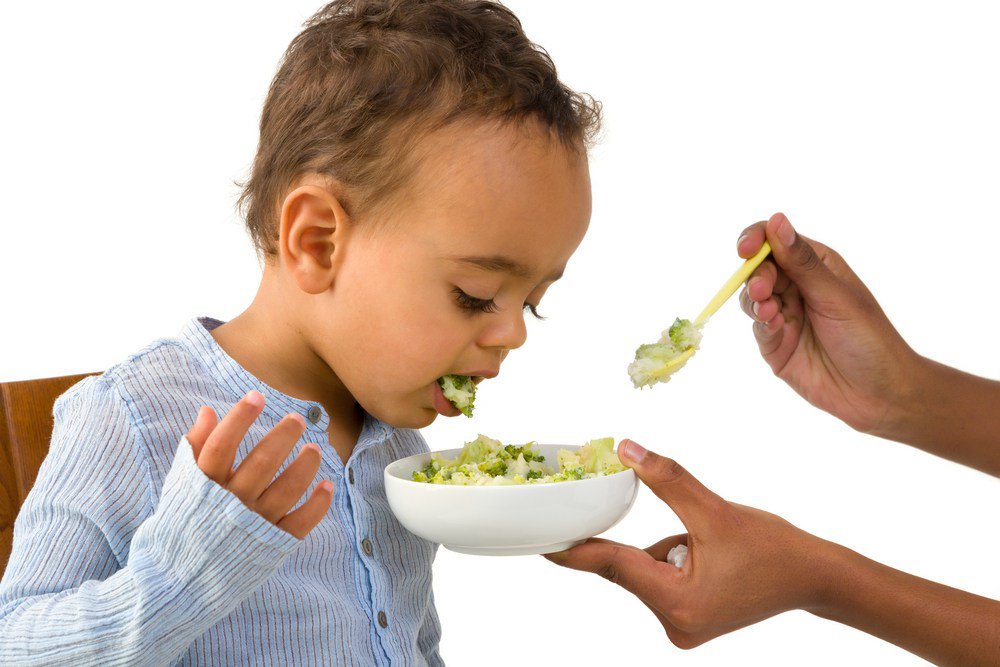While it’s genuinely fantastic when your little one can finally self-feed, a whole crop of new problems can arise. Here are some solutions to help you with the biggest hurdles:
The problem: My toddler throws more food than she eats
Gravity – it’s a wonderful thing, isn’t it? Your toddler is testing out the world to see how things work, and banging a spoon and flinging a handful of peas are part of this set of experiments. Try these tips for next time:

- Put a small amount of food in front of her. Keep replenishing her dollops of food when she’s done. As long as she’s tasting some, you’re good to go.
- Ignore the throwing and banging. She’s working on physics and sound, and that’s great. Mealtime should be enjoyable. Don’t make a big deal out of the toss-return, toss-return of utensils and food or it becomes a game in itself.
- Know that you’re in for a mess until your toddler gets better fine motor control and becomes familiar with mealtime expectations and basic manners.
The problem: My toddler is picky and won’t eat new foods
Toddlers are biologically built to be picky eaters. Through evolution, this trait may have developed because it makes very mobile, but not yet danger-aware, little ones less likely to eat something poisonous (little does your toddler know the steamed broccoli you’re serving is just the opposite). A selective, slightly wary stance towards food is a natural part of toddlerhood.
That being said, the second year of life is an important time to build a healthy relationship to food and expand your toddler’s palate when possible. If you’re introducing solids, your child hasn’t really hit a selective stage yet, so take this as your opportunity to introduce as wide a variety of tastes and textures as you can – this will help you ride the virtually inevitable picky period headed your way.
Keep these tips in mind when up against a picky eater:
